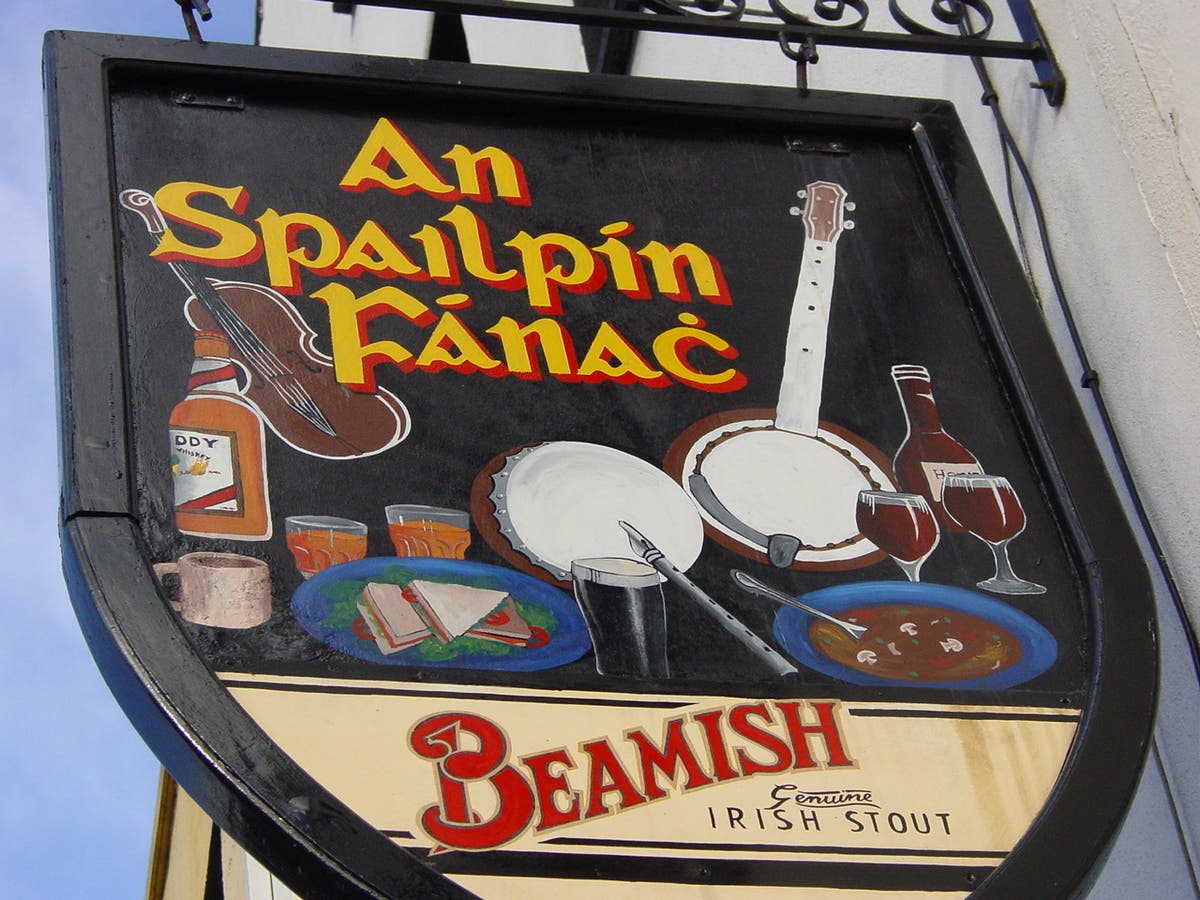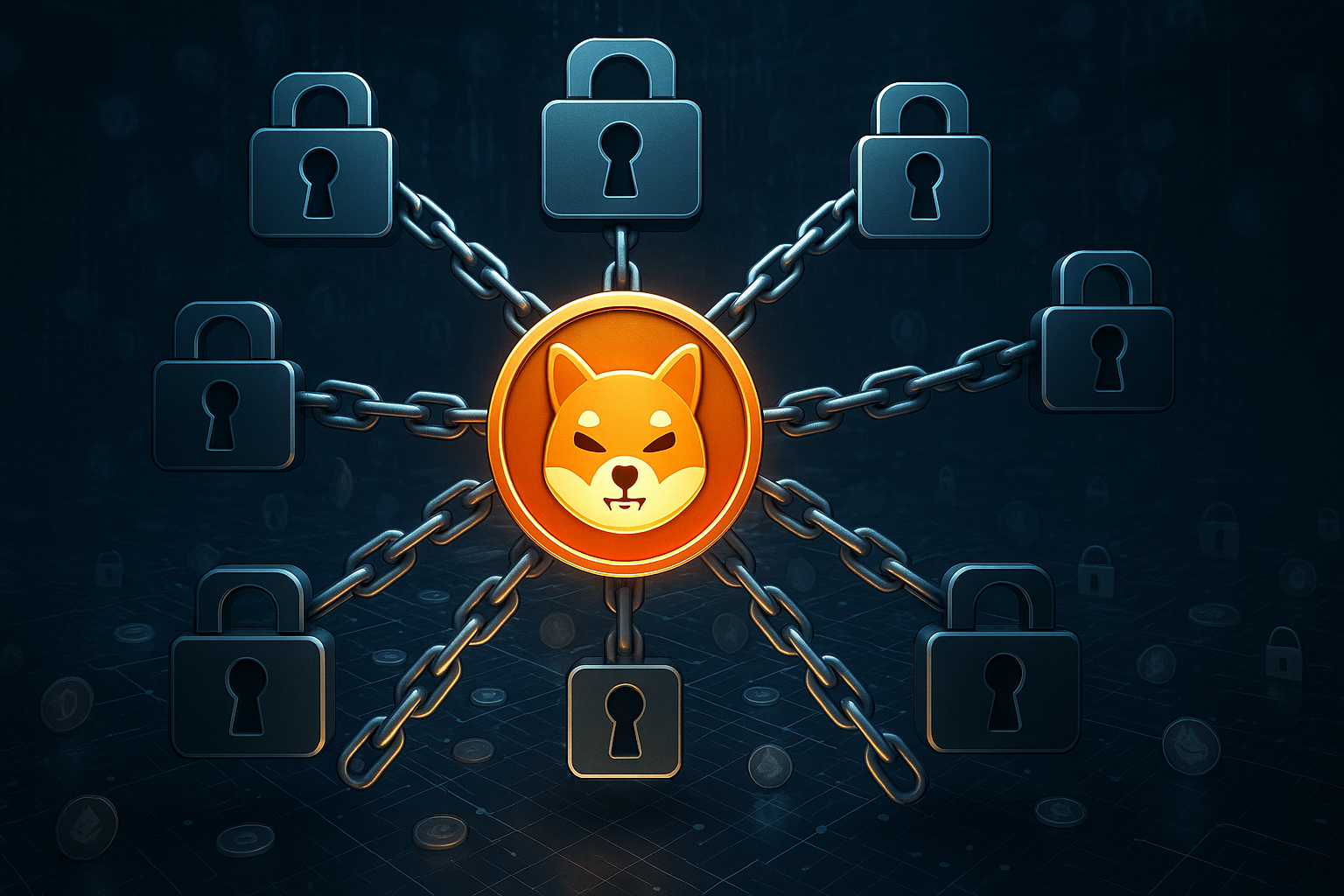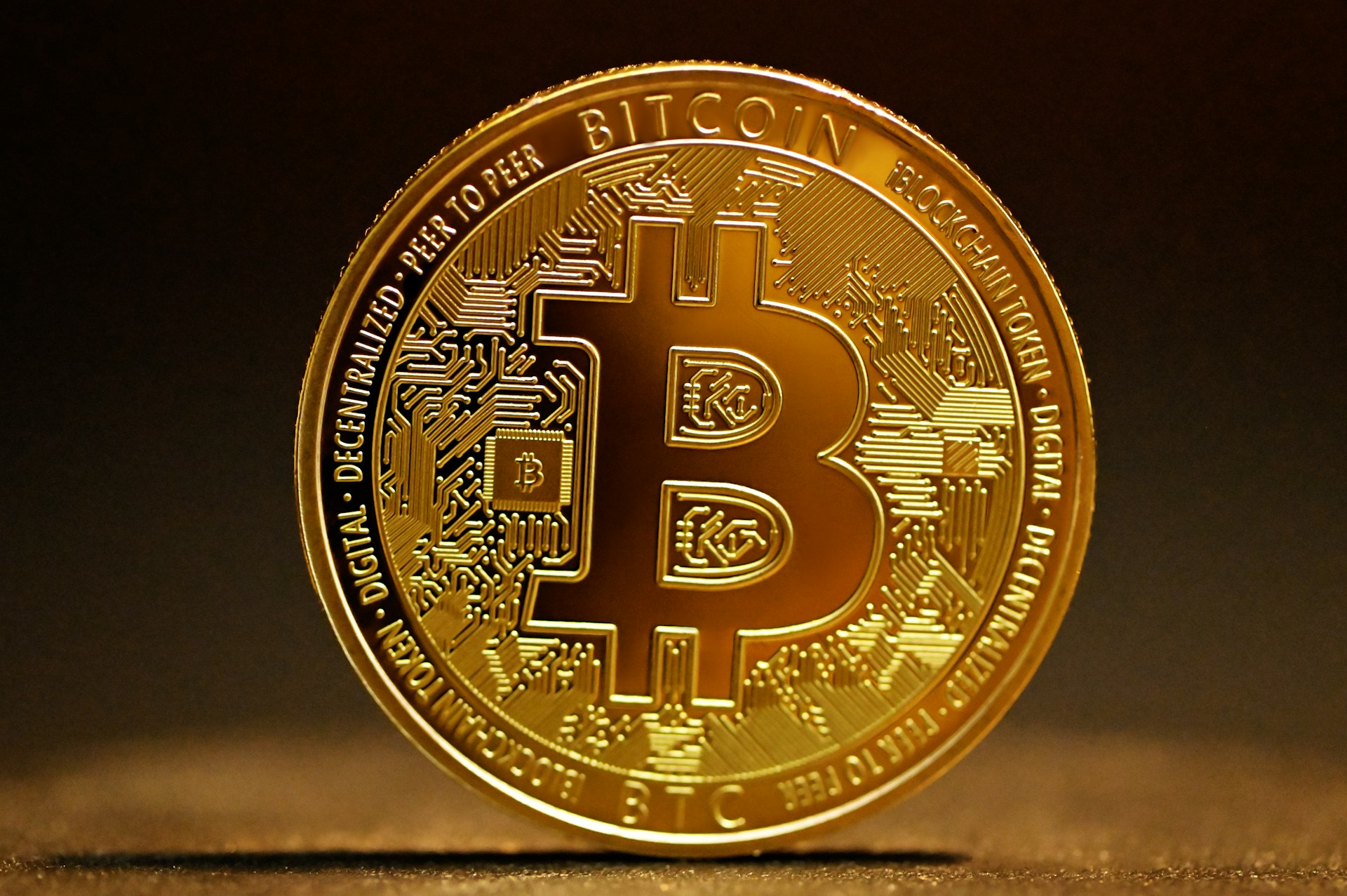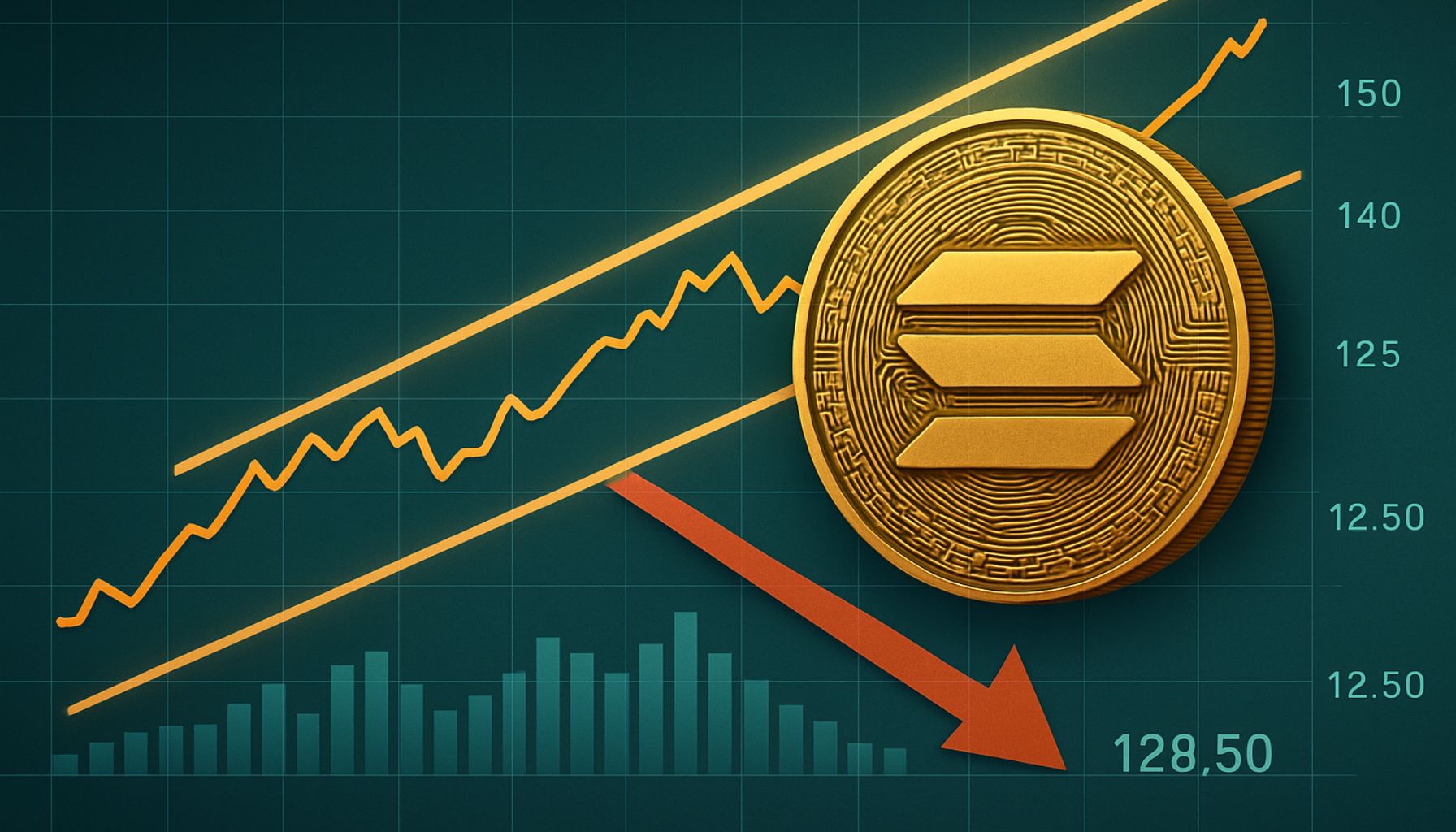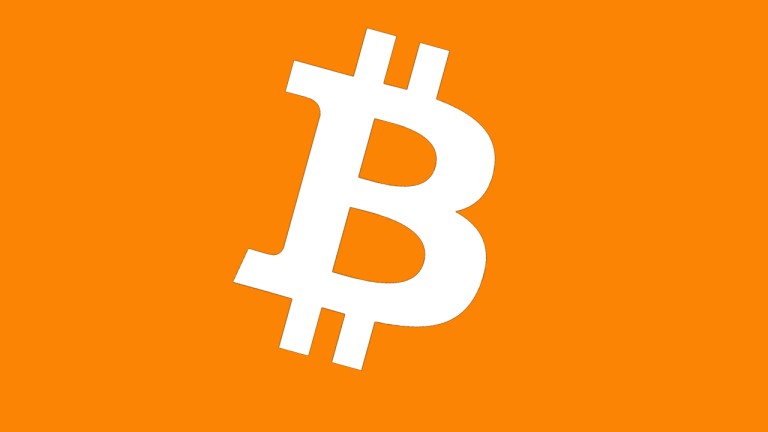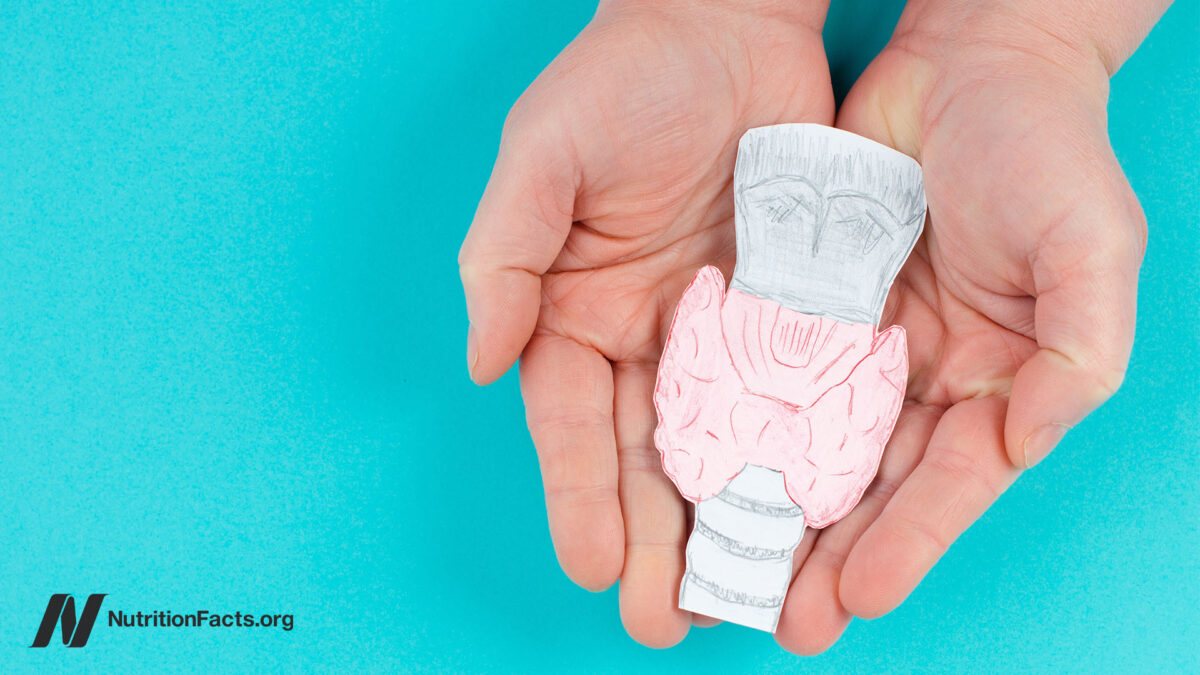5 reasons why the new ERP 2.0 OBU is needed in S’pore, and how it can benefit motorists
Singaporeans have voiced their concerns about the system, but the ERP 2.0 is poised to transform the city-state’s commuting experience.
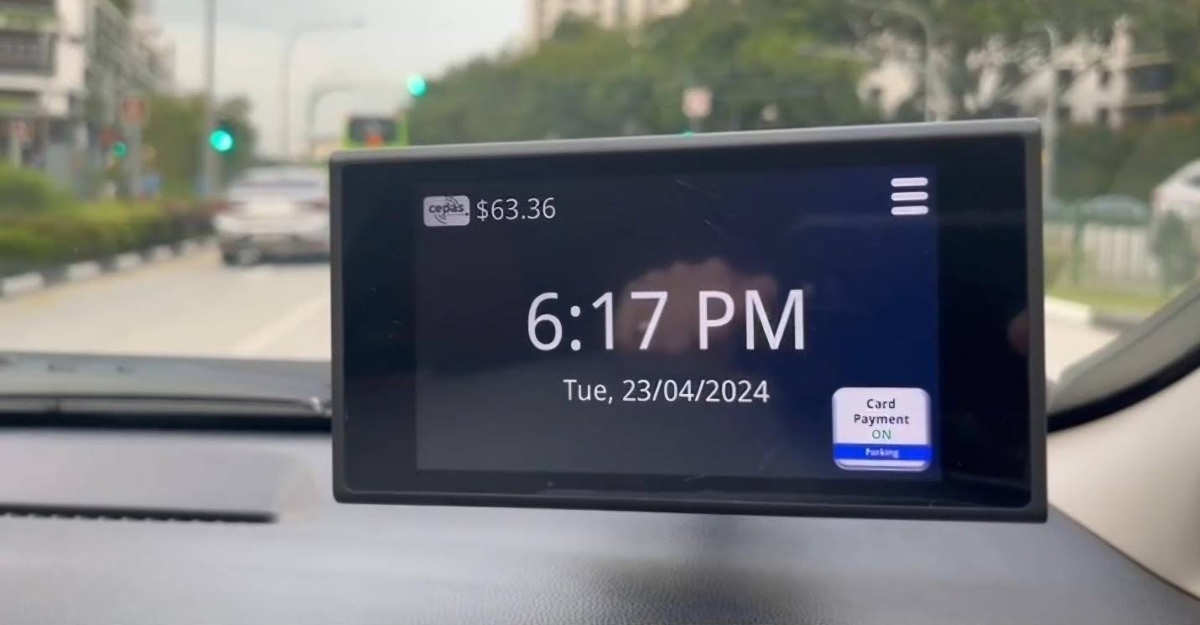
Netizens in Singapore have expressed discontent with the newly introduced On-Board Unit (OBU) for ERP 2.0, with many questioning the rationale behind the system’s implementation.
We have gathered some key concerns circulating online, along with answers from the Land Transport Authority (LTA) and the Ministry of Transport, to shed light on how the transition to ERP 2.0 will enhance the commuting experience for all motorists.
1. Why is there a need to transit to ERP 2.0 when the current system is working fine?
The current ERP system has been around for twenty-five years since its inception in 1998 and is now nearing the end of its operational lifespan.
Manufacturers are no longer producing the chips and components for the old In-vehicle Units (IU), which calls for an overhaul of the current system.
 Image Credit: Google Earth
Image Credit: Google EarthThe new ERP 2.0 system uses the Global Navigation Satellite System (GNSS) technology, which forgoes the need for physical gantries.
It provides the option for distance-based charging in the future, which could allow for a one-off increase in the total number of vehicles while effectively managing congestion and traffic flow on Singapore’s roads.
The transition from the current IU to the OBU, which will enable ERP 2.0, is a large-scale exercise involving many motorists and a diverse range of vehicle models, both old and new.
As the process is expected to be completed in a few years, it must start now to be fully operational when the current ERP system phases out.
2. What’s the difference between the current IU and the new OBU?
The current ERP IU is a simple device that interacts with physical gantries to manage ERP payments and relay information processed by gantries.
On the other hand, the new ERP 2.0 OBU can do everything the current IU does—and more. Much like a mini-computer, it can display ERP-related information, such as charges and card balance, and provide real-time road safety notifications, including proximity to Silver Zones, School Zones, and bus lanes, by leveraging a satellite-based radio navigation system.
More safety notifications, including alerts on speed camera zones, red-light and mobile cameras, will be rolled out down the road.
3. Why can’t the one-piece motorcycle unit be used in vehicles?
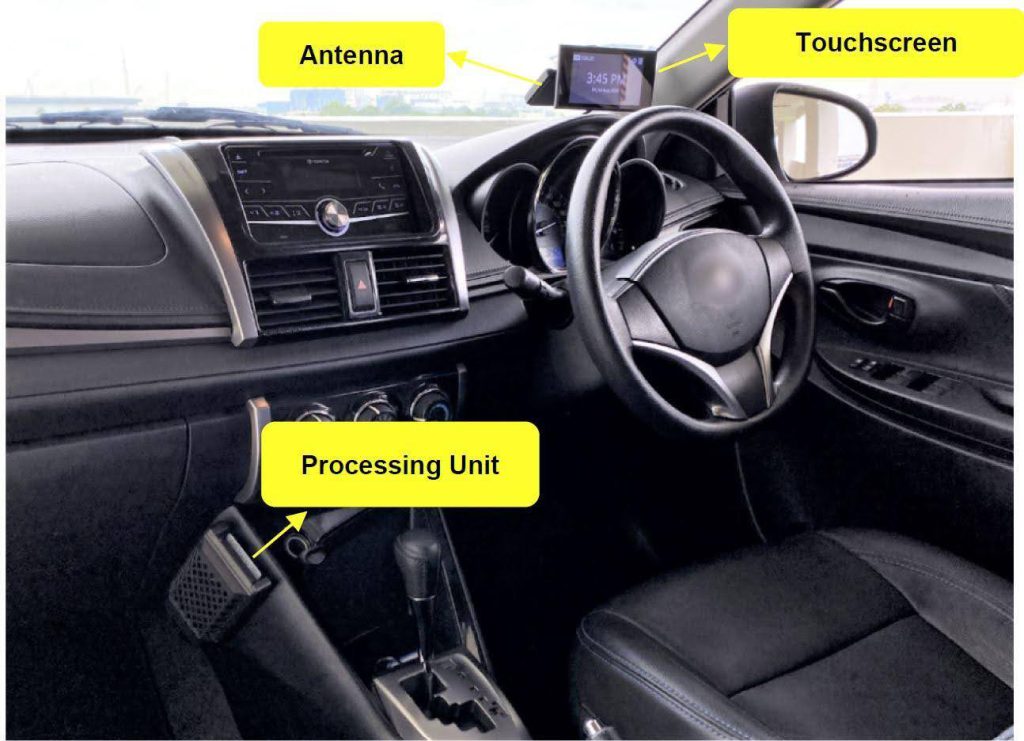 Image Credit: Land Transport Authority
Image Credit: Land Transport AuthorityThe ERP 2.0 OBU has three parts: a processing unit, an antenna, and a touchscreen display. The exception is for motorcycles, which will be equipped with single-piece OBUs—but why so?
With its enhanced capabilities, the OBU has a larger computational power, which means the device will emit considerable amounts of heat, just like a laptop would.
When a single-piece OBU is placed in enclosed vehicles, the processing unit could potentially overheat in Singapore’s climate. Integrating a cooling fan into the unit would only make the single-piece OBU bulkier, obstructing the view of drivers.
Think about the physics of it: cars and commercial vehicles are like greenhouses as they are enclosed environments with glass. The interior of a car will be much warmer when compared to motorcycles—in fact, the dashboard of a car can go as high as 50 to 52 degrees Celsius.
On the other hand, motorcycles often maintain a relatively stable temperature, even on hot, sunny days. If the ambient temperature hovers around 35 degrees Celsius, it typically remains consistent as it does not trap heat like enclosed spaces.
As such, the OBU is split into three separate units to accommodate cars and commercial vehicles, with the processing unit mounted away from the dashboard.
4. Is it safe to use the new OBU?
Acknowledging some motorists’ concerns about the touchscreen display obstructing their view while driving, they have options whether to install the screen and if so, the mechanics will install them such that the screen can be folded down if preferred.
Those who opt not to install the display screen can access information through the ERP 2.0 mobile application.
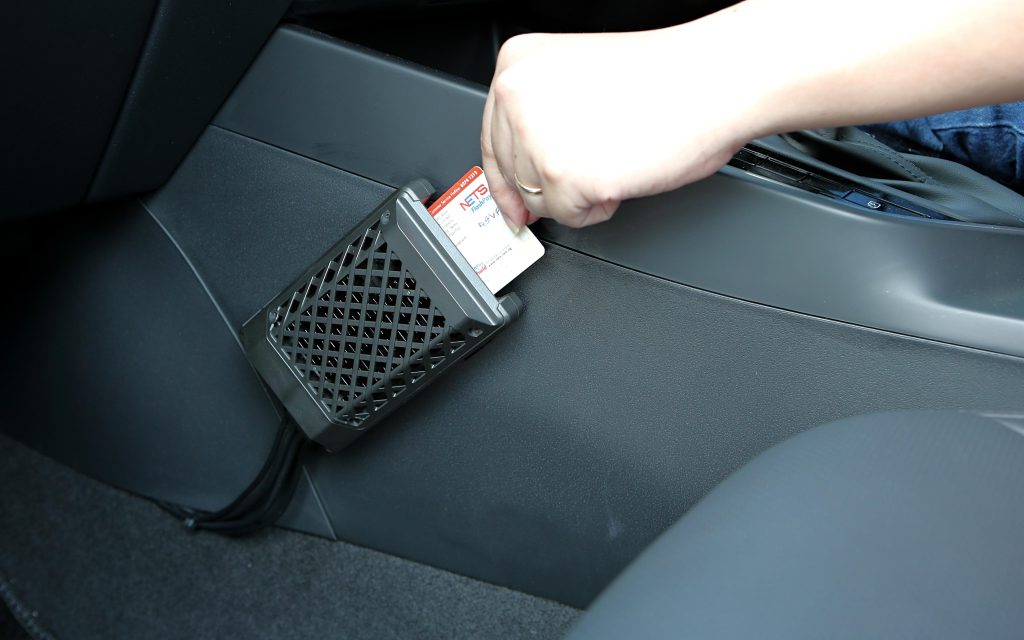 Image Credit: MustShareNews
Image Credit: MustShareNewsMotorists have also raised concerns about having to bend down to access their CEPAS cards. However, LTA has clarified that the OBU eliminates the need for motorists to remove their CEPAS cards from the processing unit while driving.
They can also choose their preferred placement of the processing unit, subject to the feasibility of their vehicle’s make, model, and condition.
Once drivers start their vehicles, the CEPAS card balance will be displayed, which reminds them to top up their cards before approaching the gantry. While they can also opt for auto top-up to replenish their card balance seamlessly, they can still manually reload their card after parking their vehicle even without signing up.
Today, all public and many privately owned car parks use the Electronic Parking System (EPS), which does not require motorists to tap their cards at car park terminal stations.
For privately owned car parks that are not EPS enabled, NETS is providing all motorists who install the OBU with a complimentary One Motoring Card as a substitute.
In cases when a complimentary parking ticket is available, drivers can simply press the on/off button on their touchscreen displays to deactivate the card within the OBU. If the motorist forgets to reactivate the card after exiting the car park, the correct amount will still be deducted from the card balance once he passes through the next active ERP gantry.
5. Why can’t we replace the OBU device with a smartphone?
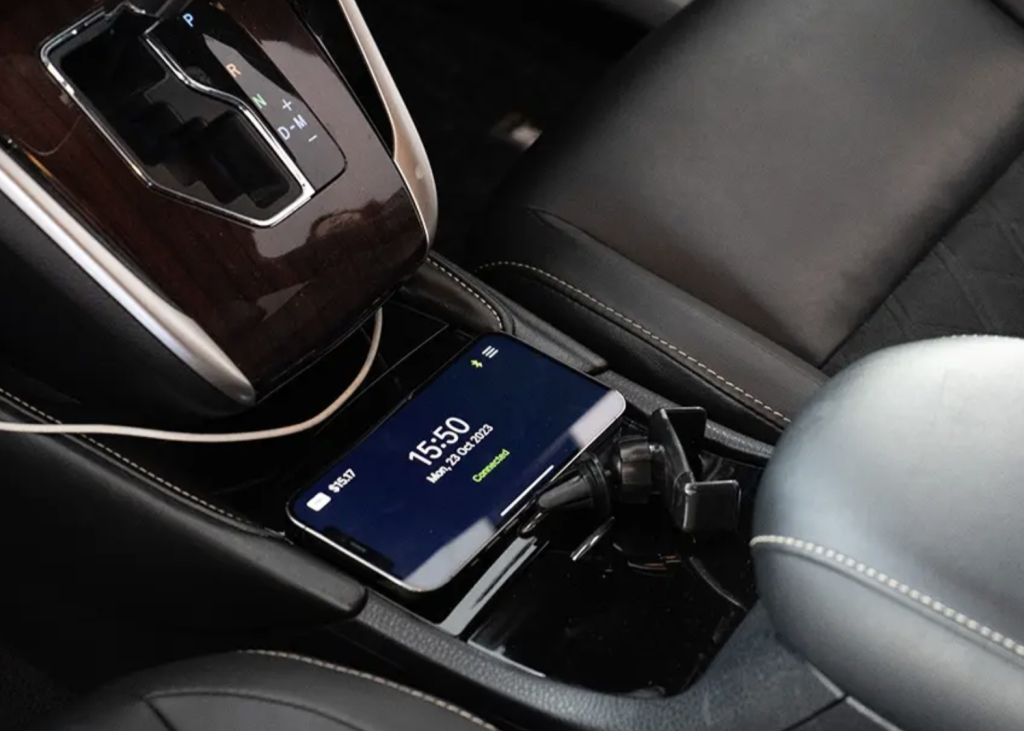 Image Credit: SGCARMART
Image Credit: SGCARMARTAccording to LTA, the ERP 2.0 OBU is designed to provide high levels of security and safety, which other systems may fall short.
Take a smartphone-based system, for instance. With different smartphone models running on different operating systems and features, ensuring the security and reliability of such systems can be a challenge.
A smartphone-based system is a two-way transmission system, which exposes it to tampering threats and cybersecurity risks. The OBU, on the other hand, transmits information one way from the device to LTA’s systems.
In addition, utilising a smartphone for ERP presents challenges due to its portable nature. Unlike the OBU, which is securely affixed to the vehicle, smartphones are carried around and may not be turned on or run out of battery while driving, which affects the accuracy of the vehicle location data.
As the OBU can pick up precise location data, it minimises the risk of erroneous charges and ensures that ERP transactions can be made steadily across different environments and vehicles.
Featured Image Credit: Land Transport Authority

 Astrong
Astrong 








